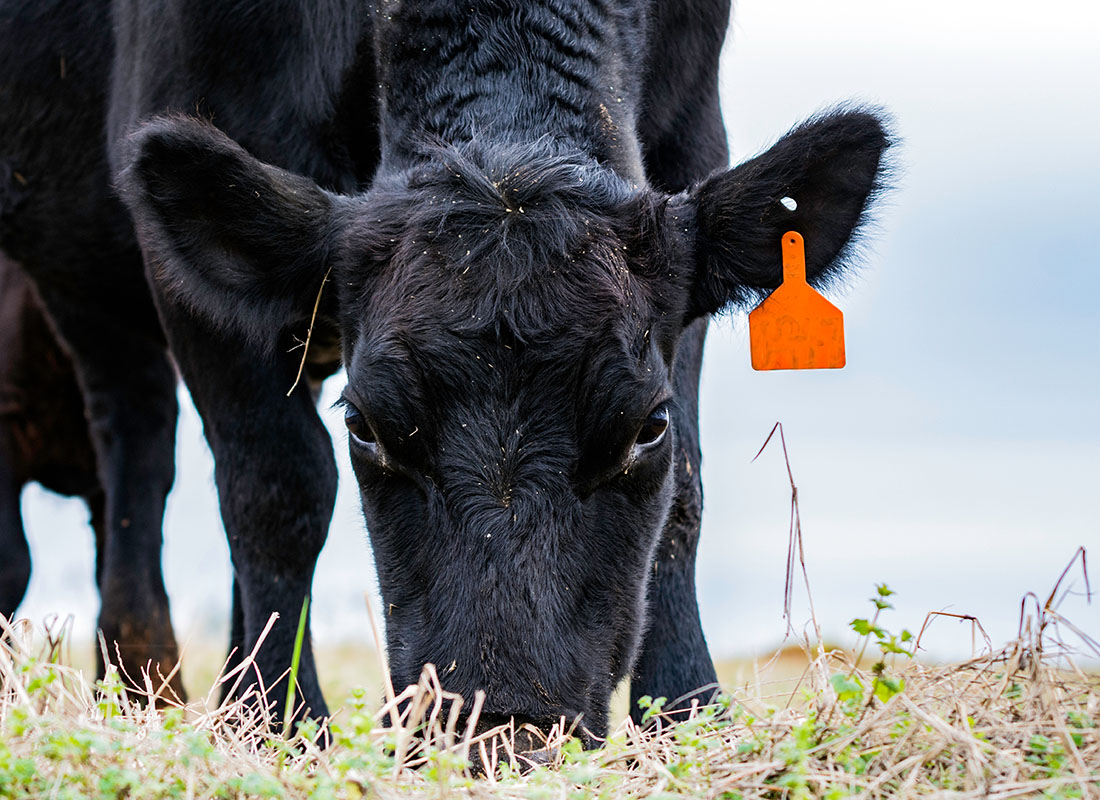Comprehending Livestock Danger Defense (LRP) Insurance: A Comprehensive Guide
Navigating the realm of animals threat defense (LRP) insurance can be an intricate venture for many in the agricultural field. This type of insurance policy offers a safeguard against market fluctuations and unanticipated conditions that can influence livestock producers. By understanding the ins and outs of LRP insurance, manufacturers can make enlightened choices that may protect their procedures from monetary threats. From exactly how LRP insurance operates to the numerous insurance coverage options available, there is much to reveal in this detailed guide that might possibly form the way livestock producers approach risk monitoring in their businesses.

Just How LRP Insurance Functions
Occasionally, recognizing the technicians of Livestock Threat Security (LRP) insurance can be complex, but damaging down how it works can offer clarity for farmers and herdsmans. LRP insurance policy is a threat monitoring tool created to protect animals producers versus unforeseen cost declines. It's crucial to keep in mind that LRP insurance is not an income warranty; rather, it focuses exclusively on rate danger security.
Qualification and Protection Options

When it comes to coverage alternatives, LRP insurance supplies producers the flexibility to choose the insurance coverage level, coverage duration, and recommendations that ideal suit their risk management needs. By comprehending the qualification standards and coverage choices readily available, animals producers can make educated decisions to handle risk successfully.
Pros and Cons of LRP Insurance
When reviewing Animals Danger Protection (LRP) insurance coverage, it is important for animals manufacturers to weigh the downsides and benefits integral in this danger monitoring tool.

Among the key benefits of LRP insurance policy is its capability to offer protection versus a decrease in livestock prices. This can assist protect manufacturers from financial losses resulting from market changes. In addition, LRP insurance coverage supplies a degree of adaptability, enabling producers to customize insurance coverage levels and plan durations to suit their specific requirements. By securing in an ensured cost for their livestock, manufacturers can better manage risk and prepare for the future.
Nevertheless, there are additionally some drawbacks to take into consideration. One limitation of LRP insurance is that it does not safeguard versus all types of dangers, such as disease episodes or natural calamities. Furthermore, premiums can occasionally be costly, click for more especially for manufacturers with large animals herds. It is essential for manufacturers to carefully analyze their specific threat direct exposure and financial scenario to identify if LRP insurance is the right danger monitoring device for their procedure.
Understanding LRP Insurance Premiums

Tips for Making Best Use Of LRP Conveniences
Taking full advantage of the advantages of Animals Danger Protection (LRP) insurance calls for tactical preparation and aggressive threat management - Bagley Risk Management. To maximize your LRP protection, think about the adhering to suggestions:
Routinely Evaluate Market Conditions: Remain educated about market fads and rate changes in the animals sector. By monitoring these variables, you can make informed choices about when to buy LRP insurance coverage to shield versus potential losses.
Establish Realistic Insurance Coverage Degrees: When picking protection degrees, consider your manufacturing expenses, market price of animals, and prospective threats - Bagley Risk Management. Setting practical protection degrees ensures that you are sufficiently safeguarded without paying too much for unneeded insurance
Diversify Your Coverage: Rather of relying entirely on LRP insurance coverage, think about expanding your danger management approaches. Integrating LRP with various other danger administration devices such as futures agreements or options can supply thorough protection versus market unpredictabilities.
Review and Adjust Coverage Regularly: As market conditions change, periodically examine your LRP protection to ensure it lines up with your existing threat exposure. Readjusting protection levels and timing of acquisitions can help maximize your danger defense approach. By adhering to these ideas, you can make best use of the benefits of LRP insurance coverage and safeguard your livestock procedure versus unforeseen threats.
Conclusion
To conclude, animals threat security (LRP) insurance policy is an important device for farmers to handle the economic dangers connected with their animals procedures. By recognizing how LRP functions, eligibility and coverage alternatives, in addition to the benefits and drawbacks of this insurance, farmers can make enlightened decisions to protect their incomes. By thoroughly thinking about LRP premiums and carrying out techniques to maximize advantages, farmers can minimize prospective losses and ensure the sustainability of their operations.
Animals producers interested in getting Animals Threat Protection (LRP) insurance policy can check out an array of qualification criteria and protection alternatives customized to their details animals operations.When it comes to insurance coverage options, LRP insurance offers producers the versatility to pick the coverage level, insurance coverage duration, and endorsements that ideal match their threat management demands.To understand the details of Livestock Danger Security (LRP) insurance policy completely, understanding the variables read here influencing LRP insurance coverage costs is crucial. LRP insurance policy premiums are established by various elements, consisting of the insurance coverage degree picked, the expected rate of livestock at the end of the protection duration, the type of livestock being guaranteed, and the length of the insurance coverage duration.Review and Adjust Insurance Coverage Routinely: As market conditions change, occasionally evaluate your LRP protection to ensure it lines up with your existing danger direct exposure.